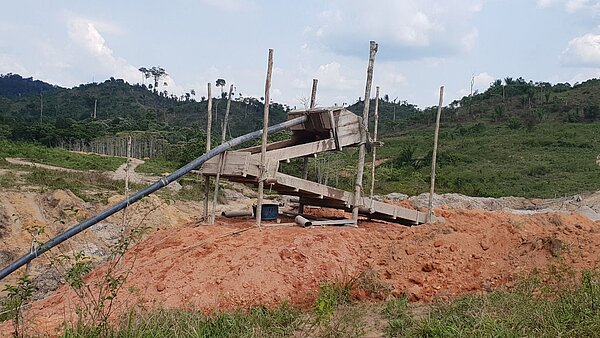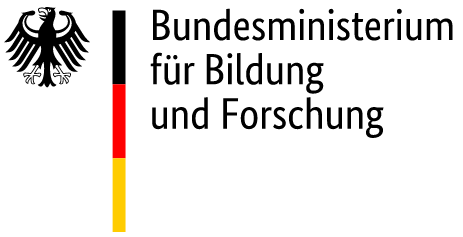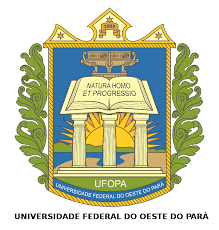NaGold

Sustainability aspects of gold production and gold recycling and lessons for extensive metal recycling
The supply of metals is increasingly subject to risks and limitations that are currently reflected in the volatility of world market prices. The EU, the Federal Government and the professional world speak of critical raw materials and claim the efficient use of resources, including the increased use in cycles. The precious metal gold does not belong directly to the critical raw materials, but it has played the role of scarce and coveted metal for thousands of years. In the jewelry sector, it is recycled to a large extent. New applications in the high-tech sector, e.g. in electronics, are becoming more and more difficult to handle. The main problem here is the logistics and the concentration of the product streams, which make the recycling cost- and energy intensive. At the same time, the reduction of primary gold is associated with major environmental and social problems, such as in the informal artisanal mining sector in developing and emerging countries. This significantly influences the environmental performance of the raw material gold.
Together with leading divestatories, the most important gold production, processing and recycling paths are to be examined holistically. The advantages and disadvantages are presented, gaps in the world-wide data sets, e.g. for LCA, are to be closed. The problems of artisanal mining and the opportunities of recycling are discussed. Gold is thus a case study for a today already real circulatory economy of a scarce metal.







